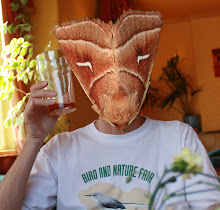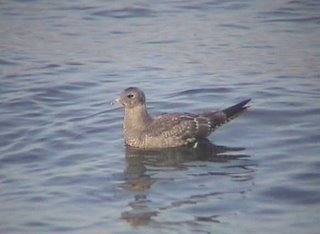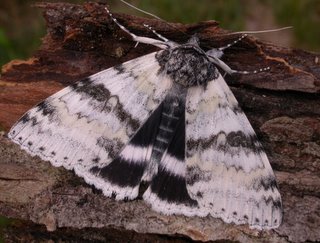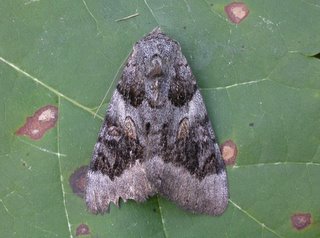Small can be beautiful...
The murky world of microlepidoptera can be a daunting and intimidating one. After all in Ontario alone there are many hundreds of tiny species to wade through, most of which are not illustrated in the field guides. However, help is now at hand in the form of various web sites - all you need is access to a computer. The most useful site is called the "Moth Photographers Group". It features thousands of high quality colour photographs of both live moths and pinned specimens - both invaluable in their own ways. Check it out!
Below are three micros in the family Yponomeutidae. All lovely in their own pint-sized ways. All were caught, photographed and released in my back yard here in Toronto.

This moth is called Plutella xylostella, otherwise known as the Diamondback Moth. It is very common in southern Ontario in mid summer.

This speckled beauty is called Yponomeuta multipunctella - the American Ermine Moth. Not quite as numerous as the above species but regular in my back yard throughout the summer. Pretty distinctive though there are one or two lookalike species to deal with.

Lastly the beautiful Atteva punctella or Ailanthus Webworm Moth. I seem to do well for this species in Toronto though some years are better than others. There is a lot of detail packed into this little gem of a micro!
Hopefully you are all hooked on the micro scene now. No? Alright, I'll show you some more later...





















